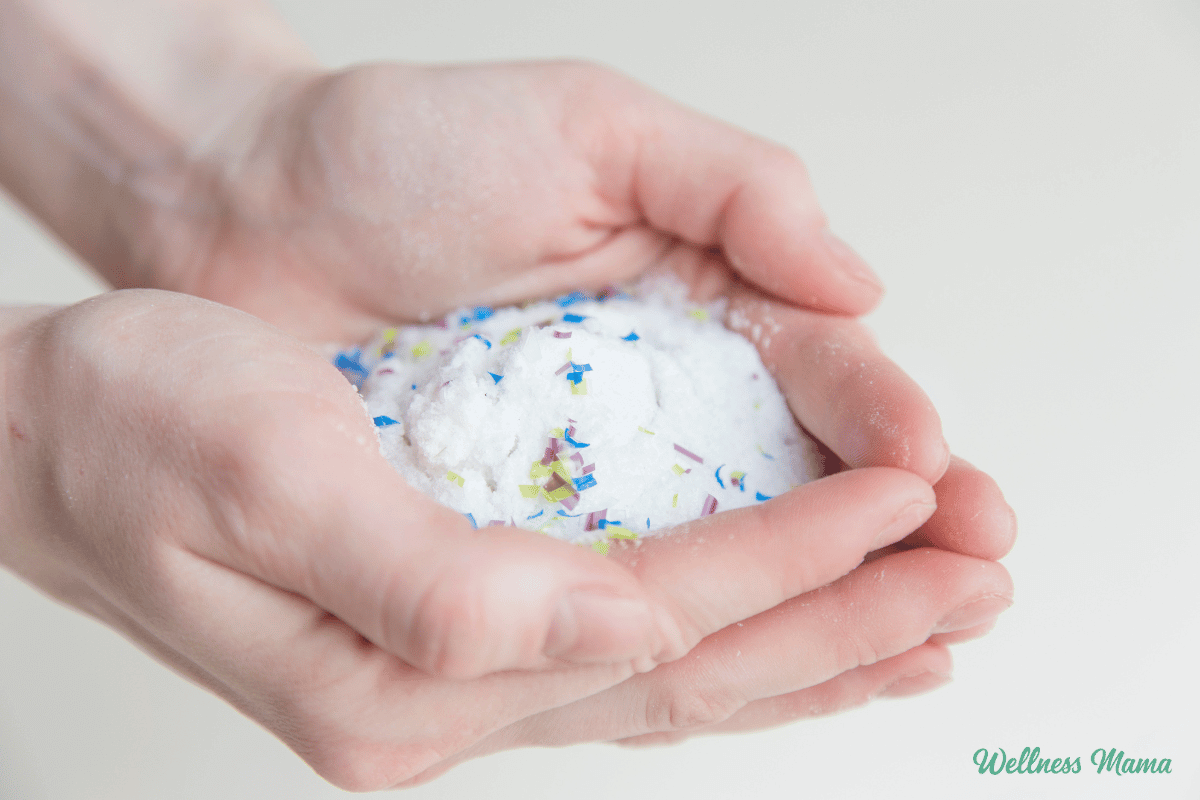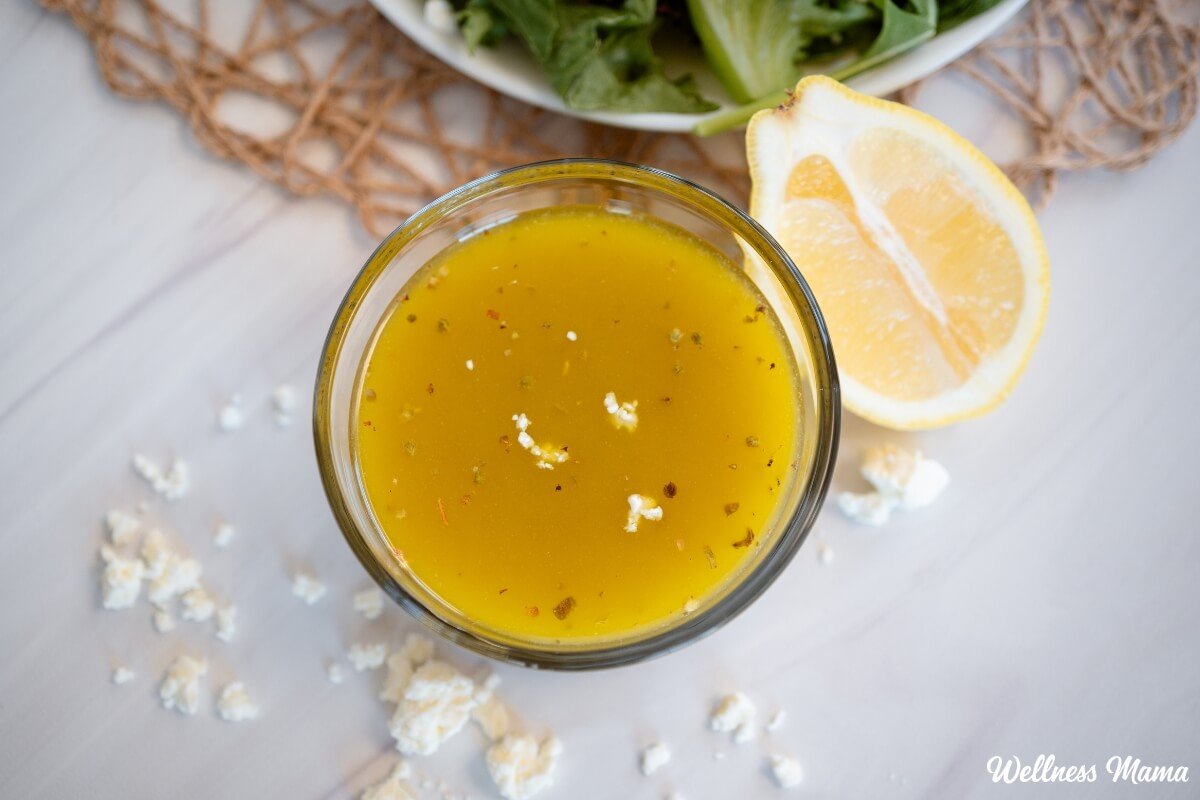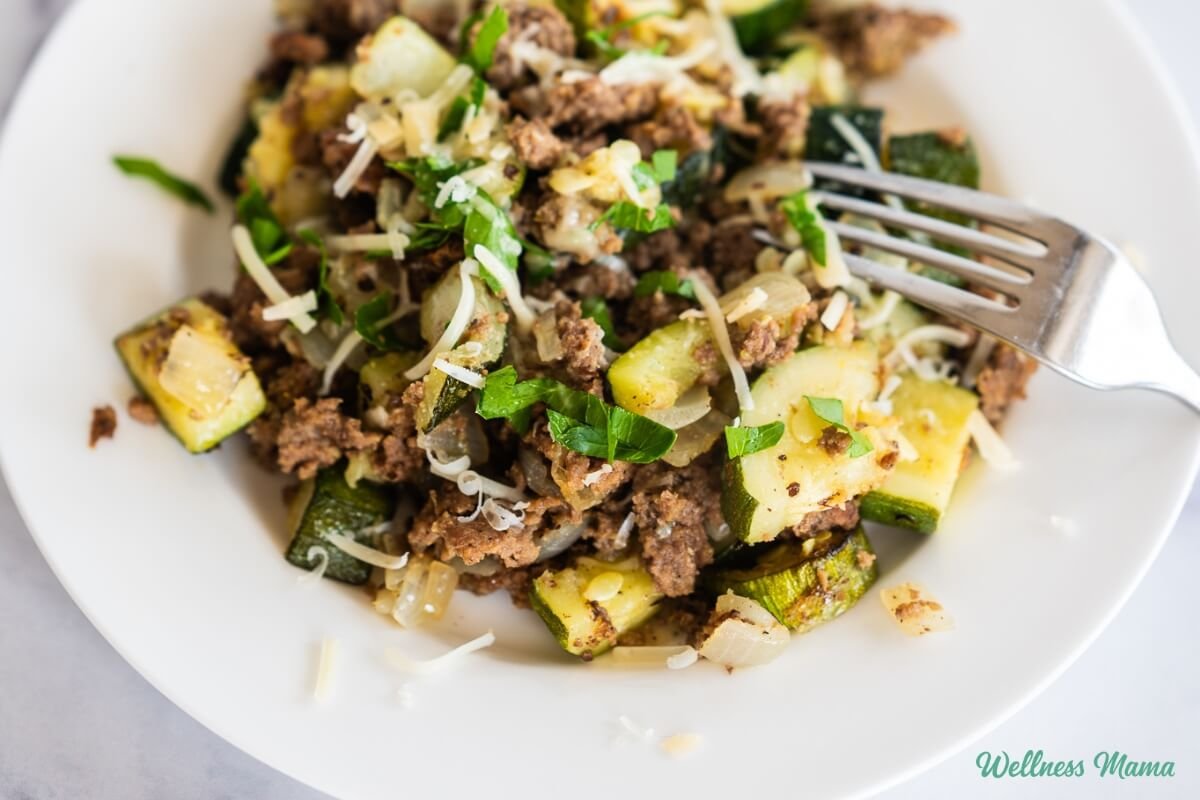Improving fiber intake should be a top priority for many of us. But getting enough fiber doesn’t mean relying on supplements from the local drugstore. Many nutritious diets naturally include fiber, though the carnivore diet is an exception. The key is knowing which foods are rich in fiber and how to incorporate them into your meals. Here’s what you need to know about high-fiber foods.
Understanding Dietary Fiber
Dietary fiber is a component of plant foods that moves through the digestive system largely unchanged. It’s a type of carbohydrate found in fruits, vegetables, grains, nuts, seeds, and legumes. Unlike other carbohydrates, fiber doesn’t break down easily into sugar molecules, so it doesn’t provide calories or energy to the body. It comes in two main varieties: Soluble and Insoluble.
Soluble fiber dissolves in water, creating a gel-like substance in the digestive tract. It’s known for helping to regulate cholesterol and blood sugar levels. Foods high in soluble fiber include oats, legumes, and root vegetables like carrots and sweet potatoes. You’ll also find it in certain fruits such as apples, citrus, and strawberries, and in cruciferous vegetables.
Insoluble fiber doesn’t dissolve in water and adds bulk to stool, aiding regular bowel movements and potentially easing constipation. Foods rich in insoluble fiber include whole grains, leafy greens, cruciferous vegetables, and nuts, as well as fruits, particularly when their skins are consumed.
Cruciferous vegetables are notable for containing both types of fiber. Neither type is more important; including both is essential for promoting a healthy digestive system, which ultimately supports overall health.
How Much Fiber Do You Need?
The recommended daily intake of fiber varies based on age and gender, but for adults, it typically falls between 25 and 38 grams daily. Individual needs may differ depending on activity level and overall health. The Academy of Nutrition and Dietetics suggests an intake of about 14 grams of fiber for every 1,000 calories consumed daily.
Most Americans fall short of meeting their fiber needs. The prevalent consumption of processed and packaged foods results in a lack of whole foods, leading to only about half of the recommended fiber intake being met.
If you want to avoid being part of this statistic, introduce fiber gradually into your diet. Sudden shifts to high-fiber diets can overwhelm your digestive system. Make sure to also stay hydrated, as sufficient water intake can prevent digestive discomfort.
The Benefits of a Fiber-Rich Diet
Improved Digestive Health
Fiber can alleviate constipation by adding bulk to stools, encouraging intestinal movement and promoting regular bowel movements.
Additionally, fiber acts as a prebiotic, supporting beneficial gut bacteria. When these bacteria metabolize certain fibers, they produce "postbiotics," or short-chain fatty acids (SCFAs), which nourish the cells lining the large intestine, reducing inflammation and improving motility.
Enhancing gut motility may decrease the risk of colon cancer.
Reducing the Risk of Colon Cancer
Enhancing gut motility can also help avoid colon cancer. A substantial study of over 75,000 participants revealed that higher fiber consumption from foods correlates with a reduced risk of colorectal cancer.
Boosting Heart Health
Increasing your fiber intake may offer protection against heart disease. Research indicates that as insoluble fiber intake increases, blood pressure and triglyceride levels decline. Conversely, lower fiber intake is linked with elevated insulin levels. It’s no surprise that high-fiber cereals are marketed as "heart-healthy," though their true health value can be debated elsewhere.
Regulating Blood Sugar Levels
Soluble fiber can slow sugar absorption, helping stabilize blood glucose levels. This moderated digestion helps prevent rapid spikes in blood sugar post-meals by controlling glucose release into the bloodstream. This function is critical for preventing conditions such as metabolic syndrome and diabetes.
Diets rich in fiber are also linked to improved insulin sensitivity. Insulin, the hormone that regulates blood sugar, is made more effective with increased sensitivity, allowing cells to more efficiently utilize glucose from the bloodstream and thereby maintaining steady blood sugar levels, lowering the risk of diabetes.
Maintaining a Healthy Weight
High-fiber foods are generally satiating, which can help regulate appetite. This effect may be due to increased levels of a gut hormone called cholecystokinin (CCK), which fiber appears to elevate in the bloodstream, leading to reduced hunger. Therefore, including ample fiber can assist with weight loss if necessary.
A 2023 study assessed over three years the success of high-fiber diets in 4,477 individuals. Over 62% experienced weight loss, with an average reduction of 7.23 pounds (3.28 kilograms).
Top Fiber-Rich Foods
There are numerous fiber-rich foods to choose from. Including these foods in your meals can support digestive health and potentially enhance overall health through a strengthened immune system.
Beans and Legumes
Beans, lentils, chickpeas, and green peas are excellent fiber sources. Relatively high in fiber are black beans, kidney beans, navy beans, and pinto beans. According to USDA’s FoodData Central, three common legumes offer the following fiber content:
- Split peas: 16.3 grams per cup
- Black beans: 15 grams per cup
- Chickpeas: 12.5 grams per cup
There are various types of beans, all high in fiber. Lentils come in green, black, and red varieties. Between beans, lentils, and peas, many options are available.
It’s worth noting that beans contain lectins that can harm the digestive system. During my recovery from autoimmune disease, I avoided beans entirely. For more details and methods to reduce lectins, consult the referenced article.
Whole Grains and Grain-Like Seeds
If grains are part of your diet, whole grains are excellent fiber sources, including oats, brown rice, spelt, einkorn, and barley. Choosing whole grain over refined varieties boosts fiber intake. Although brown rice contains more fiber than white, our family typically consumes white rice (for our reasons).
Grain-like seeds such as quinoa and millet are also fiber-rich.
Fiber-Dense Vegetables
Increasing your vegetable intake can raise your fiber consumption. Artichokes, broccoli, Brussels sprouts, carrots, kale, and other leafy greens are fiber-packed. Peas, a legume, and sweet potatoes also provide considerable fiber.
Berries and Other Fruits
Raspberries, blackberries, strawberries, and blueberries are among the best fruit sources of fiber, also offering powerful antioxidants. Pears, apples (with skin), oranges, and bananas are strong fiber sources too.
Nuts and Seeds
Almonds, chia seeds, flax seeds, and sunflower seeds are abundant in fiber. They can be added to cereals, yogurt, or salads. Chia and flax seeds also contain plant-based omega-3 fatty acids.
Getting Fiber Without Grains
You don’t need to consume whole wheat daily to meet your fiber needs. In a grain-free or Paleo diet, there are still numerous ways to incorporate fiber outside of whole grains.
- Non-Starchy Vegetables: Broccoli, kale, Brussels sprouts, bell peppers, asparagus, and cauliflower are fiber-rich and align with Paleo principles, also providing essential vitamin C.
- Root Vegetables: Though some limit root vegetables due to carbs, sweet potatoes and carrots are good fiber sources.
- Fruits: Berries are typically lower in sugar and richer in fiber compared to prunes and other fruits. Avocados offer a good source of fiber, potassium, and healthy fats.
- Nuts and Seeds: Paleo-friendly almonds, walnuts, flaxseeds, chia seeds, and pumpkin seeds provide fiber and healthy fats.
- Coconut: Coconut products, including meat and flour, are excellent fiber sources for Paleo recipes.
Who Might Need to Avoid High-Fiber Foods
Though generally beneficial, some individuals might need to limit high-fiber foods, at least temporarily. Here’s who might consider reducing high-fiber intake:
During Active Disease Flares
Fiber can exacerbate certain digestive conditions such as Crohn’s disease, ulcerative colitis, and diverticulitis, potentially tolerable in remission but not during flares. In such cases, a healthcare provider may recommend temporarily limiting high-fiber consumption.
For Those with Chronic IBS or SIBO
Individuals with irritable bowel syndrome (IBS) or small intestine bacterial overgrowth (SIBO) might not tolerate more fiber, possibly experiencing bloating, cramping, or digestive distress from high-fiber foods. Modifying fiber types or amounts, such as following a low-FODMAP diet, might alleviate symptoms.
Post-Surgery Recovery
Post-surgical recommendations might include low-fiber diets, especially after gastrointestinal operations. Once fully healed, reintroducing high-fiber foods might be acceptable. Be sure to discuss this with your doctor.
Incorporating More Fiber into Your Diet
To enhance your fiber intake, focus on consuming whole foods and using recipes with high-fiber ingredients. Here are some simple ways to add more fiber to your meals:
Making Soups and Stews
Incorporating beans, lentils, chickpeas, and peas into soups and stews or choosing recipes that already incorporate legumes can easily boost fiber intake. You can enhance a vegetable-based soup by simply adding a can or two of legumes.
Snacking on Raw Vegetables with Dips
For convenient lunches or snacks, offer a selection of raw vegetables with fiber-rich hummus or guacamole. By pairing raw vegetables with fiber-filled dips, you amplify your fiber intake.
Enjoying Nuts & Seeds as Snacks
Including soaked or sprouted nuts and seeds like almonds, walnuts, pecans, sunflower seeds, and pumpkin seeds in your diet provides high fiber and delicious flavor. Consider incorporating them into trail mix or making chia seed pudding.
Adopting Grain-Free Flour Alternatives
Grain-free baking involves high-fiber ingredients like nut flours, seed flours, and coconut flour. Moving away from white flour and refined pasta naturally increases fiber. Enjoying fruits and vegetables in their whole, unprocessed form makes incorporating high-fiber foods both simple and delightful.
Do you strive to maintain a high-fiber diet? How do you purposefully add fiber to your meals each day? Let us know your strategies!

















Leave a Reply